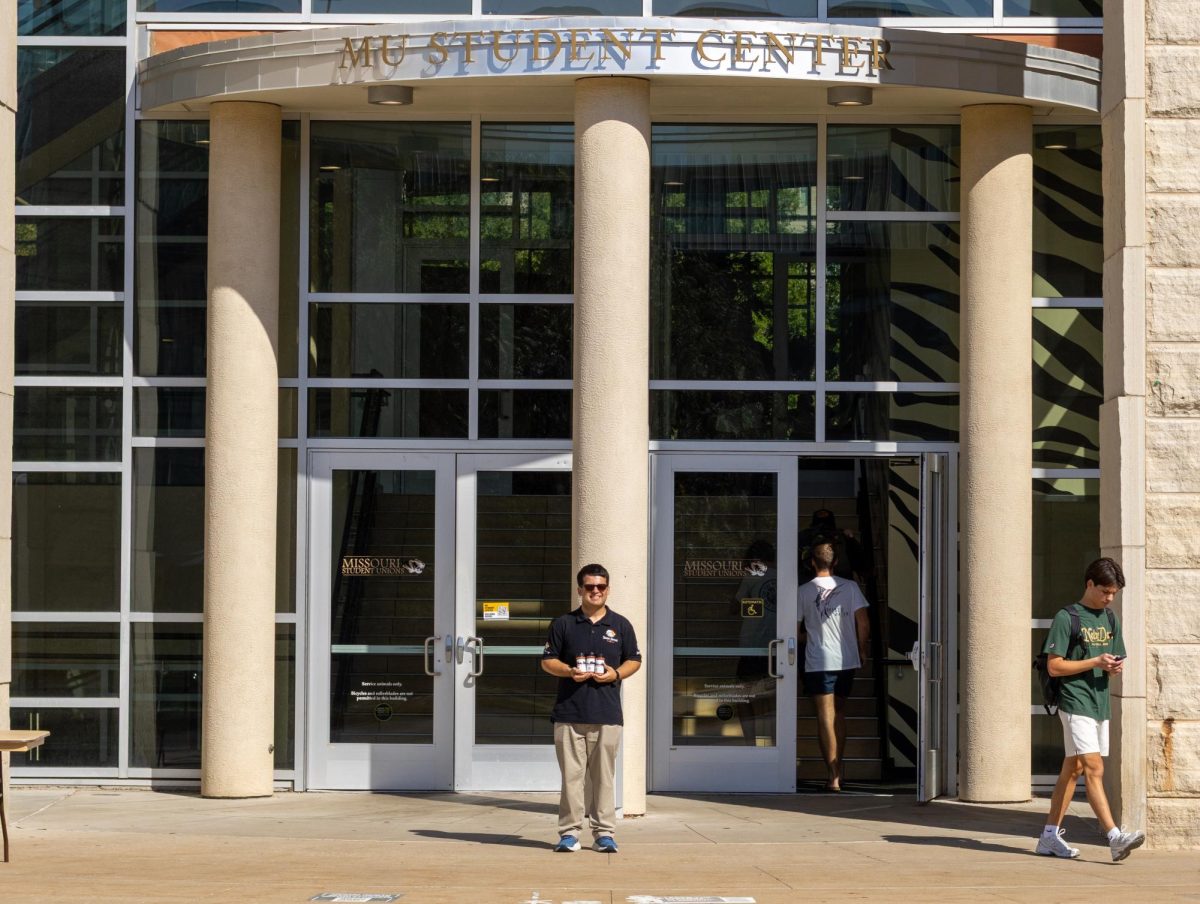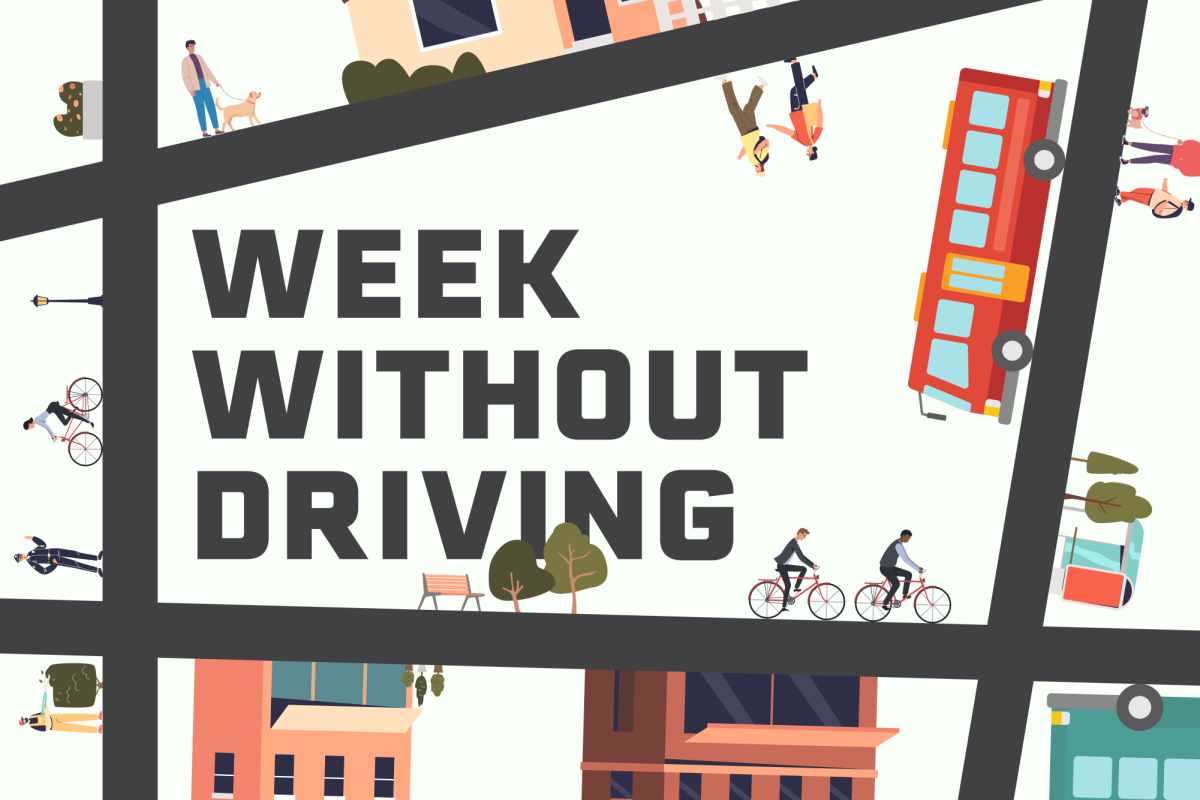Typically, when a person touches something with their right hand, a certain area in the left hemisphere of the brain is ‘lit up,’ and vice versa with the left hand.
In a recent research study, Scott Frey, the department of psychology’s Miller Family Professor in Cognitive Neuroscience, set out to answer the question of what happens to those brain areas when someone loses a hand.
Previous studies have been conducted to model this information with animals, but Frey’s was one of the first of its kind to collect data directly from humans.
Frey and his team — which consisted of Noah Marchal and Carmen Cirstea from MU, as well as researchers at Bangor University in Wales and Washington University in St. Louis — utilized functional magnetic resonance imaging scans (fMRI).
“[fMRI] is sensitive to changes in neural activity — it kind of tracks the small changes that happen when an area is more metabolically active, is processing more information,” Frey said. “It’s using more oxygen, and at that time there is increased blood flow to that area, and the kind of measurements we take are sensitive to that, so we can literally map activity in the brain with this technique.”
Consistent with animal-based studies, Frey and his team found that when there’s no longer stimulation in an area of the body because a person lost a limb, that area of the brain is then used to process information from the remaining limbs.
“There’s like a reorganization that takes place, and now instead of just one side of the brain processing information from that healthy limb as normal, both sides start to do it,” Frey said. “So it’s like you can imagine, it appears that all the resources that were devoted to the now missing limb become repurposed and dedicated to the healthy one.”
Marchal is a programmer analyst at the MU Center for Eldercare & Rehabilitation Technology. Marchal has worked with Frey for over ten years on the data analysis and software programming side of various studies.
Marchal co-built and later modified an apparatus that delivered puffs of air to participants’ chins and fingers, allowing the research team to monitor the stimulation and corresponding neural activity.
“When we do the analysis here, you can see which areas are involved with this, and it’s like a titration method … their physical level that they self report using this physical test,” Marchal said. “Then when you apply sensation to the same area and adjacent areas, [you can see] how the brain reacts to this.”
Then, Marchal normalized all of the data collected from the participants, due to their wide variety of levels of rehabilitation and other variables. He collapsed all the data down to a group level and collected averages.
The research team is still working to further understand the deeper behavioral implications of these data, such as the ways in which people’s brains perform with the use of prosthetic limbs.
_Edited by Laura Evans | [email protected]_













